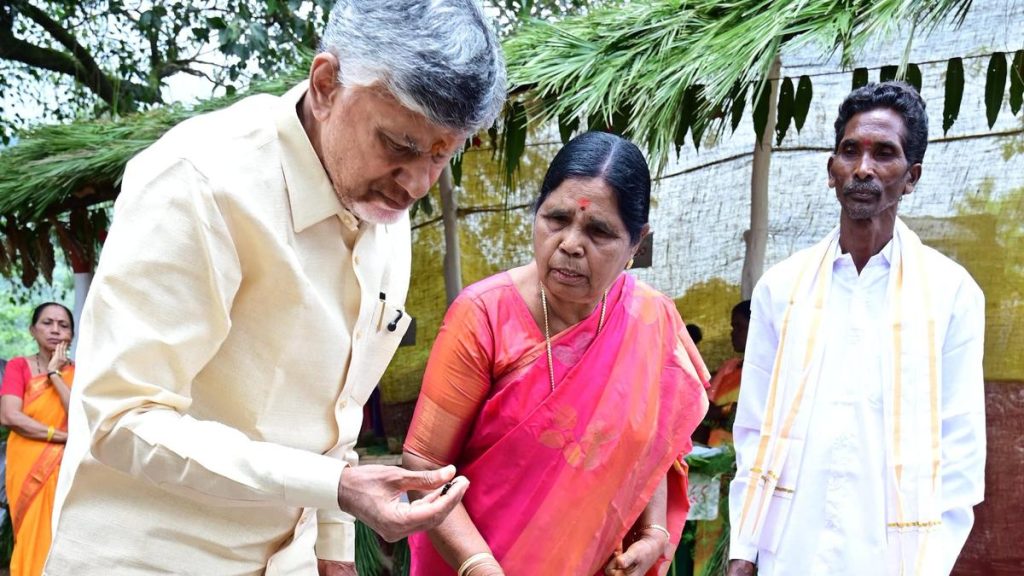Now Reading: Govt Seeks Chhattisgarh Approval for Sammakka Barrage: Minister
-
01
Govt Seeks Chhattisgarh Approval for Sammakka Barrage: Minister
Govt Seeks Chhattisgarh Approval for Sammakka Barrage: Minister

Speedy Summary
- Location adn Issue: An assessment team is examining the safety of Singur dam in Sangareddy district, Telangana, following concerns about spillway leaks and plunge pool damage amid the active monsoon season.
- Directive by Minister: N. Uttam Kumar Reddy urged engineers to implement reinforcements like sandbags at vulnerable spots and monitor all dams,reservoirs,barrages,and water bodies closely to prevent mishaps.
- IIT-Kharagpur Study: The State government received a study on backwater effects from Polavaram Project in Andhra Pradesh and Sammakka Sagar Barrage (Thupakulagudem) in telangana.
– Sammakka Sagar Project led to increased submergence by 40 hectares across five villages in Bijapur district of chhattisgarh during extreme flood conditions.
- Strategic importance of Sammakka Sagar: Intended to stabilize irrigation for 16.4 lakh acres under Devadula Lift Scheme and store/regulate 6.94 TMC of water for multi-purpose use; construction began in 2017 but faced delays beyond its expected completion date of 2022.
- NOC Requirement: Telangana will pursue a no-objection certificate (NOC) from Chhattisgarh due to submergence impacts caused by the barrage.
Indian opinion Analysis
The ongoing assessments highlight proactive efforts by Telangana’s Irrigation Department to address safety risks associated with aging infrastructure, such as Singur dam during peak monsoon inflows. Minister N. Uttam Kumar Reddy’s directives reflect an emphasis on timely intervention rather than reactive crisis management-a prudent approach given recent environmental challenges across India.
The IIT-Kharagpur study underscores cross-state implications arising from large-scale projects like Sammakka Sagar Barrage-specifically submergence concerns affecting Chhattisgarh’s agricultural land and forests during high floods. While this adds complexity due to inter-state dynamics requiring cooperation (e.g., obtaining an NOC), such challenges are commonplace when balancing developmental priorities with environmental impact.
For Telangana residents, the Sammakka Sagar Project represents a critical investment toward ensuring irrigation stability for semi-arid zones reliant on consistent water supply systems-even amidst delays since its inception in 2017.
By centering collaborative measures with affected regions while prioritizing disaster preparedness within state boundaries,governments can work towards minimizing risks while ensuring long-term benefits from strategic infrastructural projects like these.























